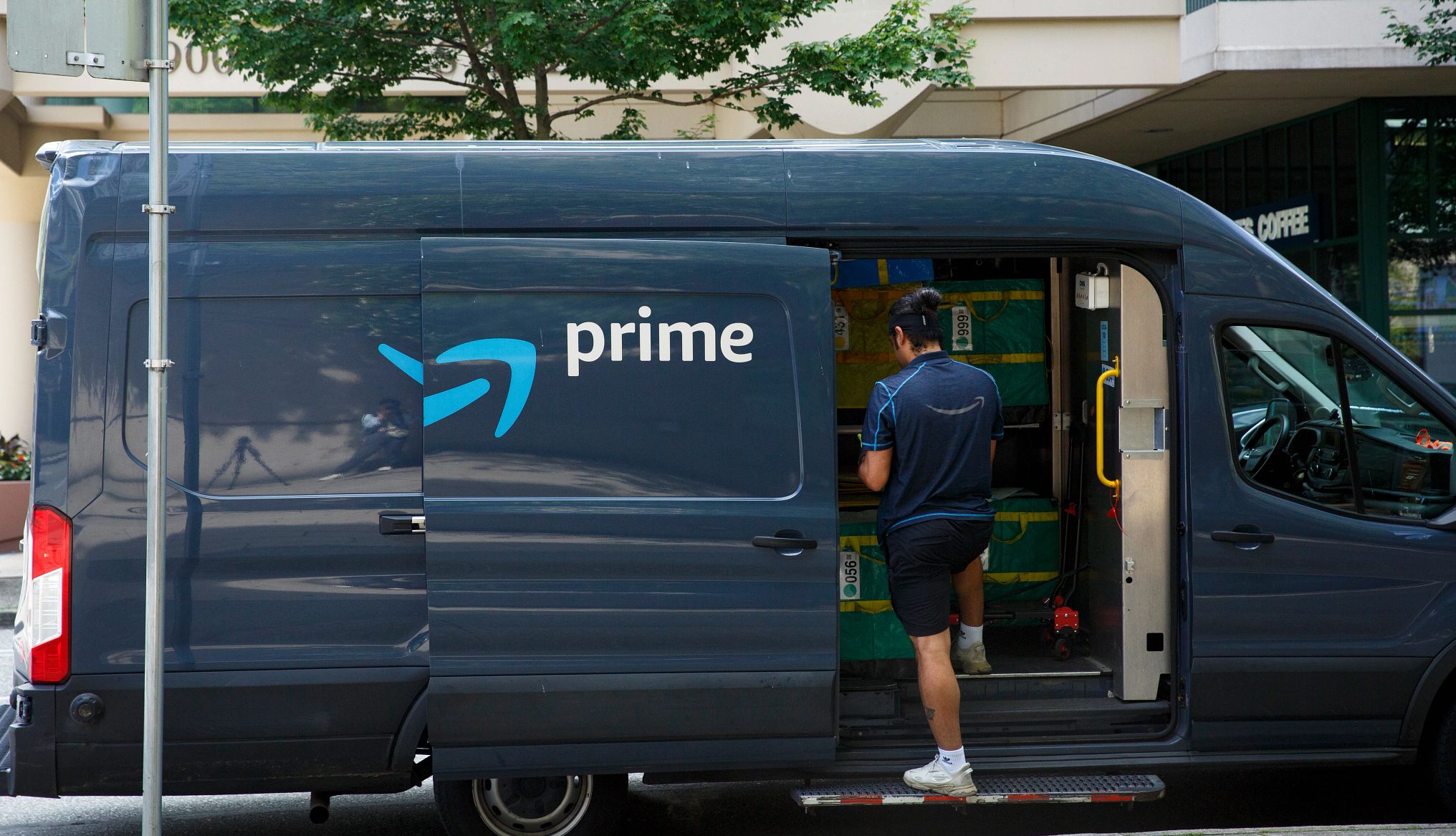AARP Hearing Center


Millions of Amazon Prime customers are due to receive money from Amazon, thanks to a lawsuit brought by the Federal Trade Commission (FTC).
The FTC announced the “historic” settlement on September 25: The company had agreed to pay $1.5 billion in refunds to an estimated 35 million customers affected by “deceptive enrollment practices.” Amazon will also pay $1 billion in civil penalties.
The government charged the company with enrolling customers in $139 annual Amazon Prime memberships without their consent — or, as the FTC pointedly put it, “knowingly duped millions of consumers into unknowingly enrolling in Amazon Prime.” Amazon also made it “exceedingly difficult” for customers to cancel their Prime memberships.
The payouts will be made in two stages: first, through automatic refunds, then through a claims process.
Who is eligible for an automatic refund
Customers in the United States are eligible for payout if they were:
1. Enrolled in Amazon Prime any time between June 23, 2019, and June 23, 2025, or unsuccessfully tried to cancel their Amazon Prime subscription during that time period.
2. Used no more than three Amazon Prime Benefits in any 12-month period after enrolling.
Customers who meet the above criteria will receive up to $51 automatically by December 25, 2025.


































































More From AARP
How to Pay With Digital Cash Apps
Convenience is the chief selling point — but make sure you are paying the right person
Amazon Prime vs. Walmart Plus: Membership Perks
A side-by-side look at their costs, shopping benefits and perks
Amazon-Impersonator Scams: Stay Informed
Be aware of the latest ways criminals use the company’s name to steal from consumers